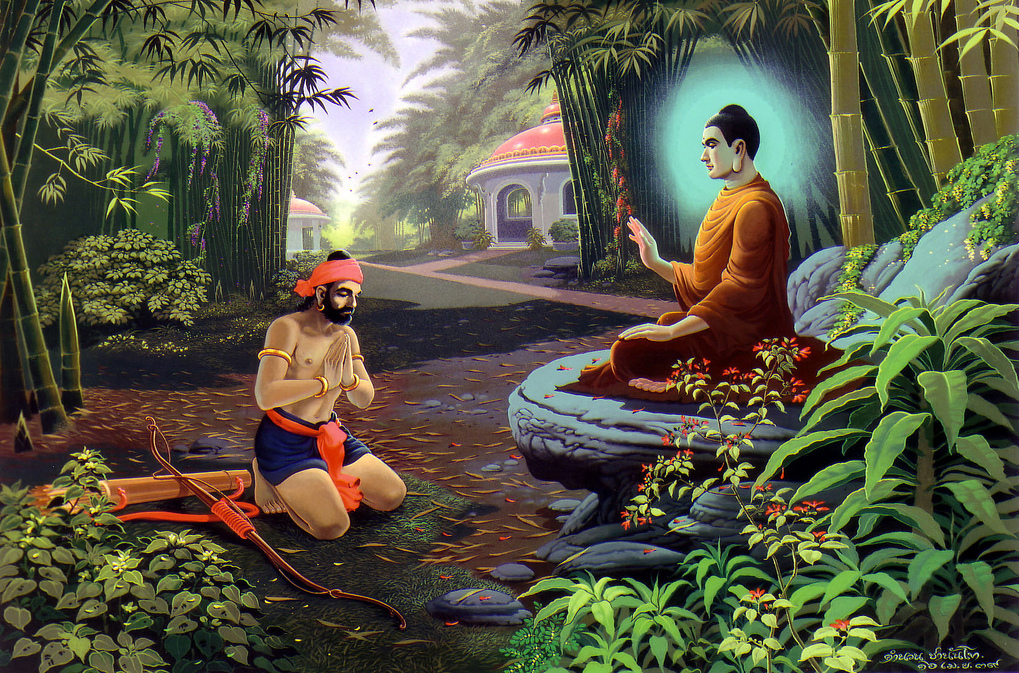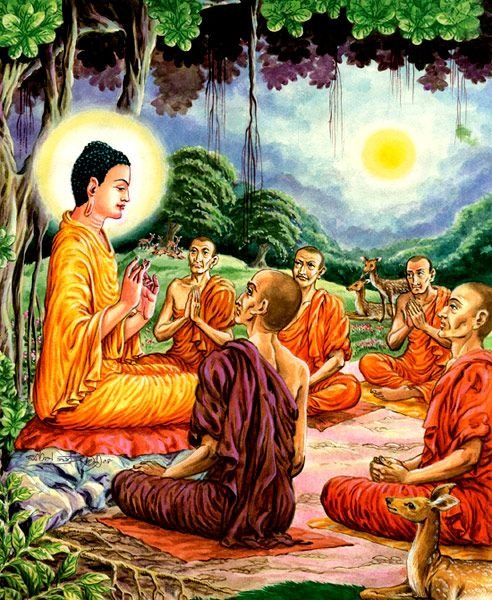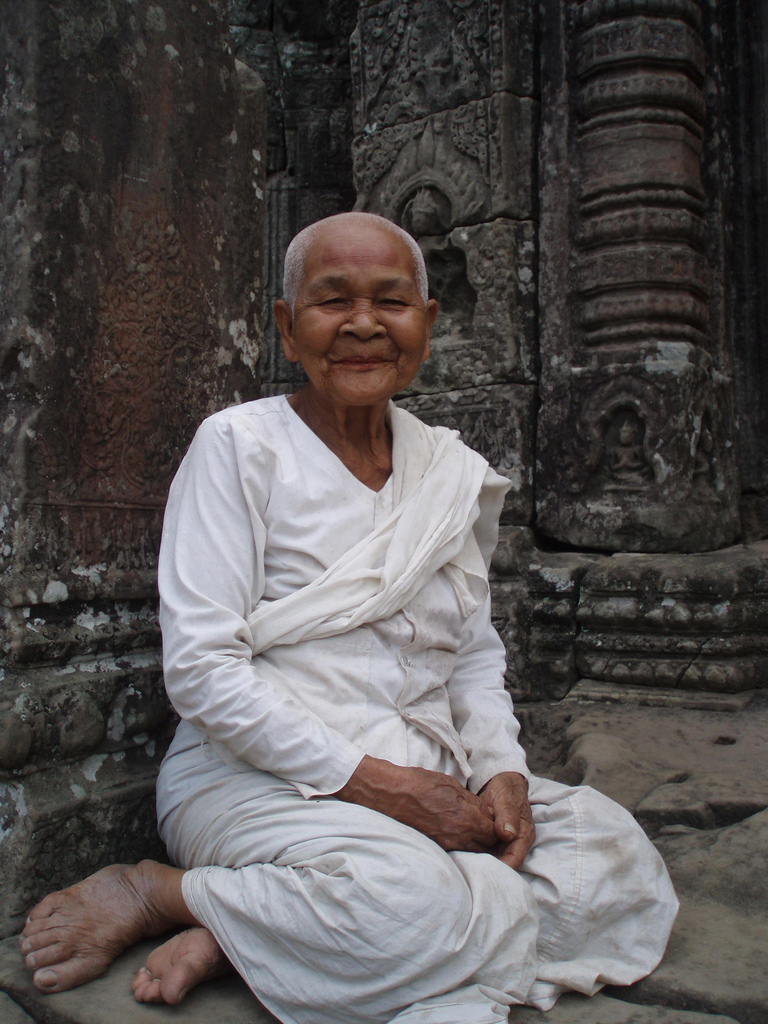
By Ven. Dr. K. Sri Dhammananda Maha Thera
What exists is changeable and what is not changeable does not exist.
Looking at life, we notice how it changes and how it continually moves between extremes and contrasts. We notice rise and fall, success and failure, loss and gain; we experience honor and contempt, praise and blame; and we feel how our hearts respond to all that happiness and sorrow, delight and despair, disappointment and satisfaction, fear and hope. These mighty waves of emotion carry us up, fling us down, and no sooner we find some rest, then we are carried by the power of a new wave again. How can we expect a footing on the crest of the waves? Where shall we erect the building of our life in the midst of this ever-restless ocean of existence?
This is a world where any little joy that is allotted to beings is secured only after many disappointments, failures and defeats. This is a world where scanty joy grows amidst sickness, desperation and death. This is a world where beings who a short while ago were connected with us by sympathetic joy are at the next moment in want of our compassion. Such a world as this needs equanimity. This is the nature of the world where we live with our intimate friends and the next day they become our enemies to harm us.
The Buddha described the world as an unending flux of becoming. All is changeable, continuous transformation, ceaseless mutation, and a moving stream. Everything exists from moment to moment. Everything is a recurring rotation of coming into being and then passing out of existence. Everything is moving from birth to death. The matter or material forms in which life does or does not express itself, are also a continuous movement or change towards decay. This teaching of the impermanent nature of everything is one of the main pivots of Buddhism. Nothing on earth partakes of the character of absolute reality. That there will be no death of what is born is impossible. Whatever is subject to origination is subject also to destruction. Change is the very constituent of reality.
In accepting the law of impermanence or change, the Buddha denies the existence of eternal substance. Matter and spirit are false abstractions that, in reality, are only changing factors (Dhamma) which are connected and which arise in functional dependence on each other.
Today, scientists have accepted the law of change that was discovered by the Buddha. Scientists postulate that there is nothing substantial, solid and tangible in the world. Everything is a vortex of energy, never remaining the same for two consecutive moments. The whole wide world is caught up in this whirl and vortex of change. One of the theories postulated by scientists is the prospect of the ultimate coldness following upon the death or destruction of the sun. Buddhists are not dismayed by this prospect. The Buddha taught that universes or world cycles arise and pass away in endless succession, just as the lives of individuals do. Our world will most certainly come to an end. It has happened before with previous worlds and it will happen again.
‘The world is a passing phenomenon. We all belong to the world of time. Every written word, every carved stone, every painted picture, the structure of civilization, every generation of man, vanishes away like the leaves and flowers of forgotten summers. What exists is changeable and what is not changeable does not exist.’
Thus all gods and human beings and animals and material forms — everything in this universe — is subject to the law of impermanence. Buddhism teaches us:
‘The body like a lump of foam;
The feelings like a water bubble;
Perception like a mirage;
Volitional activities like a plantain tree;
And Consciousness like jugglery.’ (Samyutta Nikaya)
















